Saddle Stitch Binding: What is Creep?
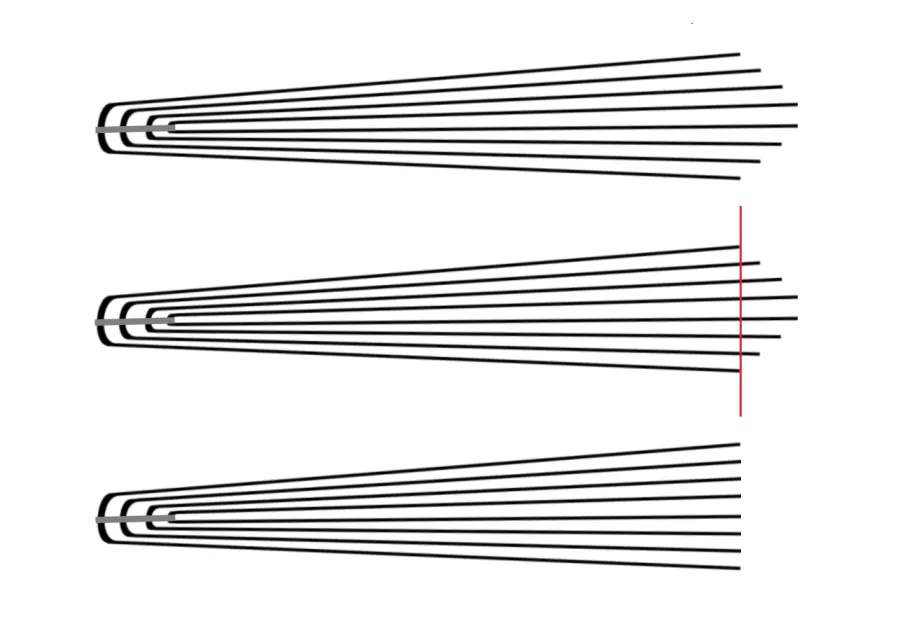
estimated reading time: 4 minutes
Saddle Stitch Creep
Creep refers to the incremental shifting of pages that
occurs when binding a saddle-stitched book. Hence, Creep is also known as Page Creep or Binder's Creep.
Because Saddle-Stitched books are constructed of folded
sheets that nest together, each subsequent sheet will extend a little bit
further out than the folded sheet preceding it. How far each sheet extends is
based on the thickness of the paper being used to create the booklet.
What causes Page Creep?
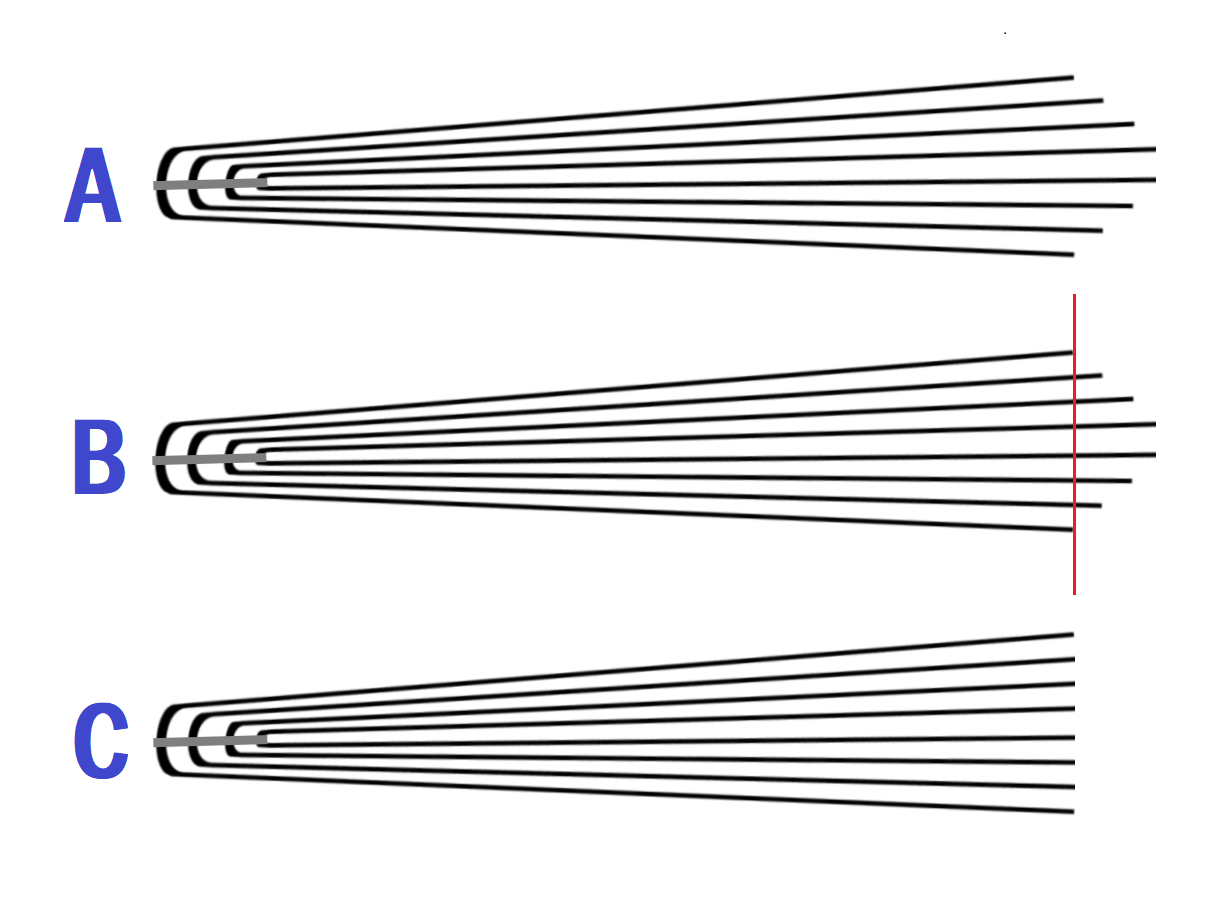
To explain how page creep occurs, let's use 70# Offset paper
as an example. One sheet of 70# Offset has a thickness of .005". If we were to
start stacking flat sheets of 70# Offset one at a time on a table, the first
sheet would, of course, lie directly on the table surface. The second sheet
would lie .005" above the table because it is lying on top of the first sheet (which
measures .005" in thickness). The third sheet in the stack would lie .010"
above the table, because it has two .005" sheets below it. The fourth sheet
would lie .015" above the table and so on. Obviously, each subsequent sheet is getting
further and further away from the tabletop in .005" increments.
Now, if we were going to construct a saddle-stitched booklet
entirely from sheets of 70# Offset paper, the first step would be to fold each printed
sheet in half. We would then nest the folded sheets together one at a time by
placing each subsequent folded sheet into the folded sheet preceding it.
Once all the folded sheets have been nested into a set, the fold
lines of each sheet are gathered closely together to form a stable spine for the
booklet. To tightly secure the sheets, several staples are driven through the outer
edge of this spine. The staples penetrate the fold lines of all sheets and are
cinched within the fold line of the innermost sheet.
Just like the example of stacking flat sheets on a table,
each subsequent folded sheet that is nested into the booklet will become
further and further away from the spine. Because each sheet of paper is .005"
thick, the fold line of the second sheet will be .005" from the outer edge of
the spine. The fold line of the third folded sheet will be .010" away from the
spine, the fold line of the fourth folded sheet will be .015" away from the
spine and so on. Because the fold lines are being pushed further and further away from the spine, the open edges of the sheets are also being pushed out further.
The more sheets the booklet contains, the further the innermost
sheets will be from the spine. If you're having trouble visualizing this concept, refer
to the photo of the nested taco shells. Notice how each subsequent shell extends
further and further away from the outermost shell. Page creep is a similar
phenomenon to "taco creep."
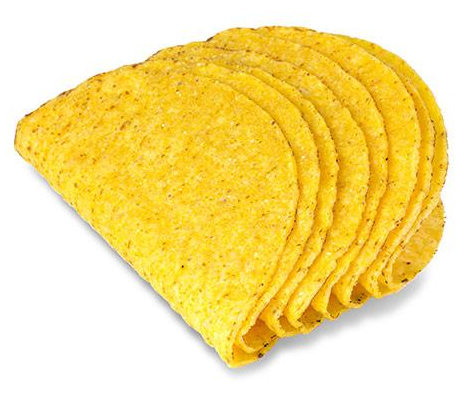
Why does Page Creep even Matter?
Even though the pages of a saddle-stitched booklet will be
gradually pushed outward and may produce an uneven "shingled" look along the edge where the pages open, this isn't the primary
issue. It isn't an issue because a final trimming will quickly even up the outer edge of the pages.
The primary issue with creep is that the content on the
pages is being gradually shifted outward. When the open edge of the bound booklet is trimmed straight, more paper is trimmed from the innermost sheets because they are extending further out. This causes the outer margins of the innermost pages to become narrower than the outer
margins of the outermost pages. As a result, the content printed on the innermost pages will be closer to the open edge of the book than originally intended. In
addition to affecting the placement and aesthetics of the main content, this
can imperil page numbers, borders, and other elements located near the trimmed edge.
Page creep isn't as noticeable on saddle-stitched books with
lower page counts, but it can be quite noticeable on books with higher page
counts. Creep is also compounded by thicker paper stocks. The thicker the
stock, the greater the extent of outward creep.
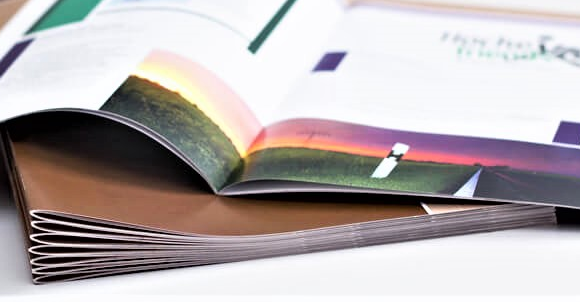
How is Page Creep Corrected?
Because saddle-stitched books are made from folded sheets nested together, page creep will always occur.
However, the effect of page
creep can be minimized by making very slight margin adjustments to the content on
the book's pages. These adjustments help compensate for page creep by moving
the content in gradual increments toward the booklet's spine. This helps the outer margins of each page appear more uniform in width after the book is trimmed.
Fortunately, adjustments for page creep can be applied automatically
using imposition software so this process doesn't have to be done manually. In most
cases, the graphics department of your selected printing company will perform
this step as part of the pre-press process that occurs before the page artwork is finalized for print production.
Do you have an upcoming Book Project?
Color Vision has been a commercial printer since 1984.
We produce all types of books and booklets including catalogs, manuals, magazines,
comic books, coloring books, workbooks, directories, calendars, and any other type
of multi-page document you might need.
In addition to Saddle Stitch Binding, we also offer Perfect Binding, Spiral Coil Binding, Wire-O Binding and others. Plus, we have digital presses to serve your short run needs as
well as offset presses for producing longer runs. We also offer an extensive
array of finishing options.
If you'd like to receive a quotation for your print project by email,
please complete our quote request form. Or, if you prefer to contact us by
phone, we can be reached at 800-543-6299. As always, we look forward to assisting with your
next print project!
Related Articles

Printing Booklets: 5 Popular Types of Binding for Booklets
Read This Article
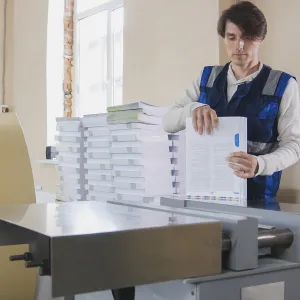
Short Run Book Printing: The Gateway to Self-Publishing
Read This Article
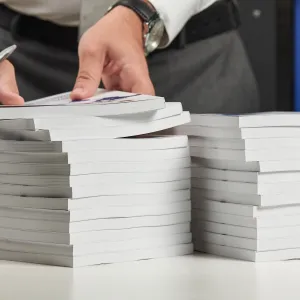
Perfect Bound Books: Exploring the Perfect Binding Process
Read This Article
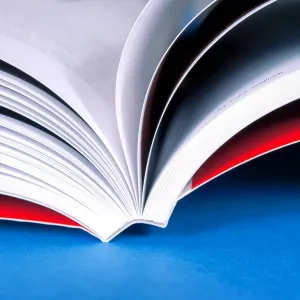
Custom Book Printing: What is PUR Binding?
Read This Article